Description
Emerson KJ2231X1-EA1 Digital Output Module – Stable, cabinet‑ready DO for DeltaV systems
The Emerson KJ2231X1-EA1 is a Digital Output (DO) module designed for Emerson DeltaV S‑series I/O. From my experience, this module is a solid fit when you need reliable 24 VDC discrete control—driving solenoids, interposing relays, indicators, or any on/off device that benefits from channel diagnostics and clean isolation. You might notice that it installs quickly on standard DeltaV carriers, so changeouts are straightforward and typically hot‑swappable with minimal downtime.
Company’s Order Placement Process and Guarantees
- Warranty: 365 days
- Delivery: 1 week if in stock; no more than one month at the latest
- Payment: 50% advance payment; full payment before delivery
- Express options: FedEx, UPS, DHL
Key Features
- DeltaV S‑series compatible: Plugs directly into standard carriers for fast, clean installation.
- Discrete 24 VDC control: Purpose‑built for typical 24 VDC digital outputs used to energize solenoids, relays, or lamps.
- Channel diagnostics: Status LEDs and onboard diagnostics help pinpoint field wiring faults faster.
- Galvanic isolation: Isolation between field side and system backplane for robust noise immunity.
- Hot‑swap friendly: In many cases, the module can be replaced online on a redundant system to reduce downtime.
- Compact footprint: Same slim form factor as other S‑series I/O, so cabinet layout stays consistent.
- Redundancy options: Works within DeltaV redundant architectures for higher availability where required.
Technical Specifications
| Brand / Model | Emerson KJ2231X1-EA1 (Digital Output module for DeltaV S‑series I/O) |
| HS Code | 8537.10 (Programmable control panels/boards; typical classification for industrial control I/O) |
| Power Requirements | Powered from DeltaV S‑series backplane; field supply typically 24 VDC via terminal assembly (per channel group) |
| Channels / Type | Digital Output, 24 VDC applications; 16 channels is typical for this model family |
| Signal I/O Characteristics | Switching of 24 VDC loads (solenoids/relays/indication). Channel and group isolation typical; electronic protection varies by terminal assembly. |
| Communication Interfaces | Backplane communication to DeltaV controller; no external fieldbus or Ethernet on the module itself |
| Operating Temperature | Typically 0 to 55 °C (32 to 131 °F), non‑condensing ambient |
| Dimensions & Weight | Approx. 142 × 50 × 120 mm; ≈0.35 kg (standard S‑series card form factor) |
| Installation Method | Plugs into DeltaV S‑series carrier; field wiring via terminal block/termination assembly; carrier mounts on DIN rail or panel |
Application Fields
This module sees regular use in oil & gas skids, chemical dosing panels, water/wastewater valve manifolds, OEM machinery, and power plant balance‑of‑plant controls. A common setup is energizing on/off valves and ESD solenoids, or driving interposing relay banks for MCC start/stop. One thing I appreciate is how it keeps cabinet wiring tidy when you standardize across DeltaV nodes—fewer surprises during FAT and site commissioning.
Advantages & Value
- Reliability in service: Industrial‑grade isolation and diagnostics improve uptime, especially on noisy 24 VDC buses.
- Seamless compatibility: Integrates natively with DeltaV hardware and engineering tools—no quirky mapping or extra gateways.
- Cabinet efficiency: Slim profile and standard carriers reduce panel depth and wiring time, which typically cuts installation costs.
- Lifecycle support: Easy to stock and swap; firmware updates and spares strategies are straightforward for maintenance teams.
- Procurement confidence: Consistent sourcing with a 365‑day warranty and predictable lead times.
Installation & Maintenance
- Panel environment: Install in a clean, ventilated cabinet. Maintain clearance for airflow and service access; observe the cabinet’s IP rating requirements.
- Wiring practices: Use segregated routing for 24 VDC power and I/O. Provide local fusing or electronic protection per channel group as required by load current.
- Grounding and shielding: Bond DIN rails and follow DeltaV grounding guidelines to minimize noise and transient issues.
- Commissioning: Verify output polarity (sourcing/sinking as applicable to the terminal assembly), perform loop checks, and confirm channel diagnostics in the DeltaV configuration.
- Routine maintenance: Periodically inspect terminal tightness, clean dust with dry air, review diagnostics, and apply approved firmware updates during scheduled outages.
- Spares strategy: Keep at least one spare module per cabinet or per critical node; hot‑swap on redundant systems can shorten recovery time.
Quality & Certifications
Typically conforms to CE and UL industrial control requirements; RoHS compliant. Manufactured under ISO 9001 quality systems. Standard warranty is 365 days. If you need a specific certificate set (UL file, EU DoC, or RoHS statement), we can provide the exact documents with the delivery lot.
Real‑world note
A maintenance lead at a midstream facility mentioned that swapping a KJ2231X1-EA1 during a planned window took under 10 minutes, including re‑seating on the carrier and verifying outputs in DeltaV diagnostics. That kind of speed seems to be the norm when cabinets are wired with standardized terminal assemblies.

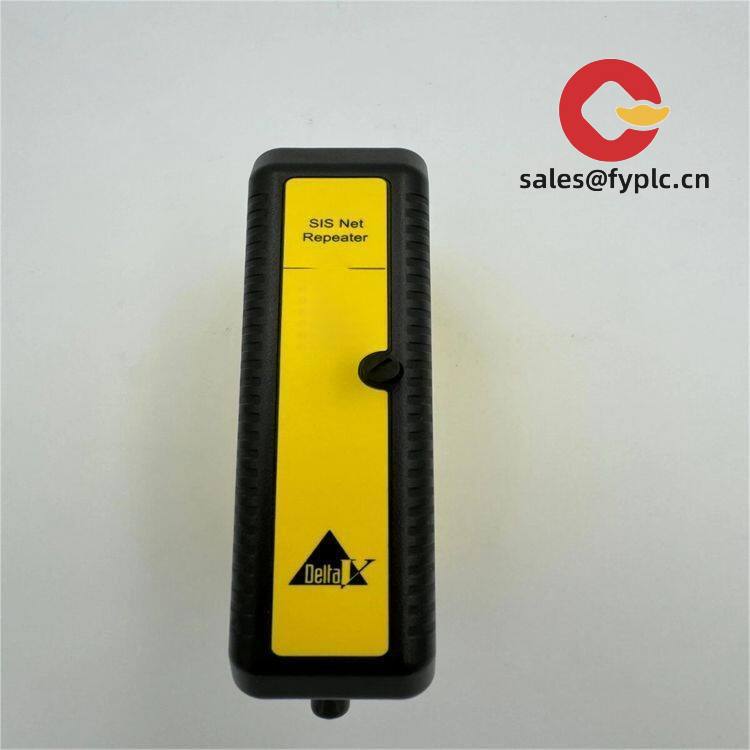

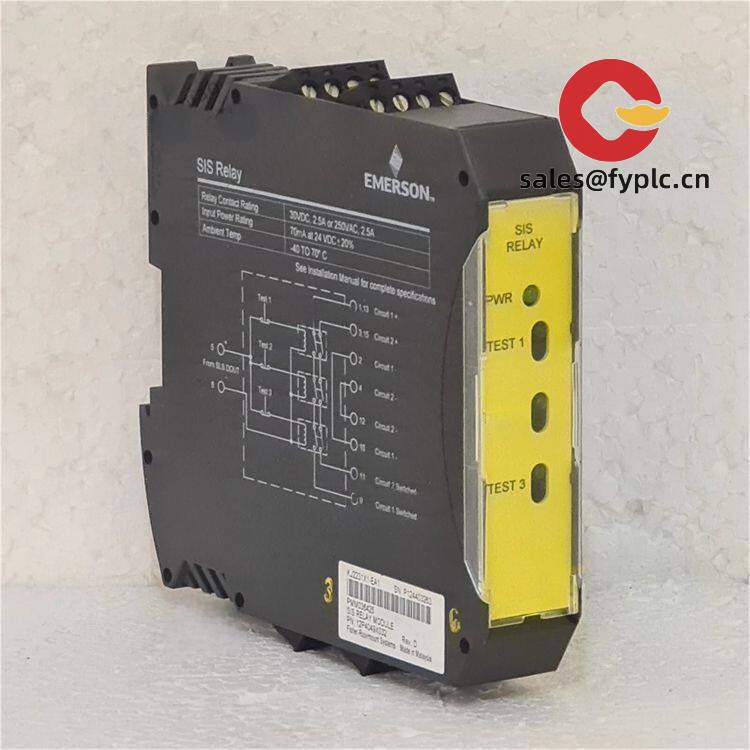
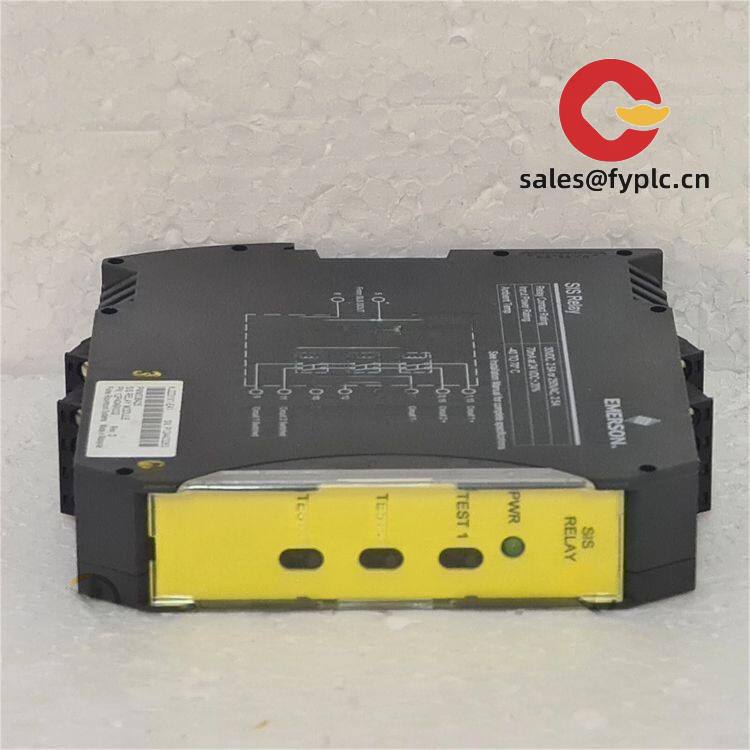




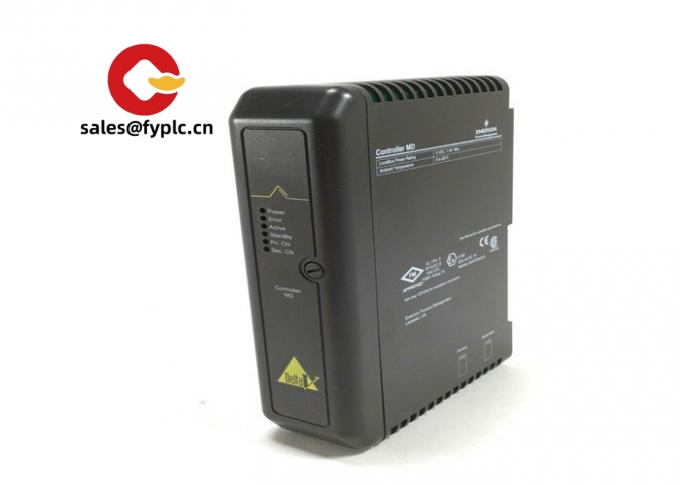
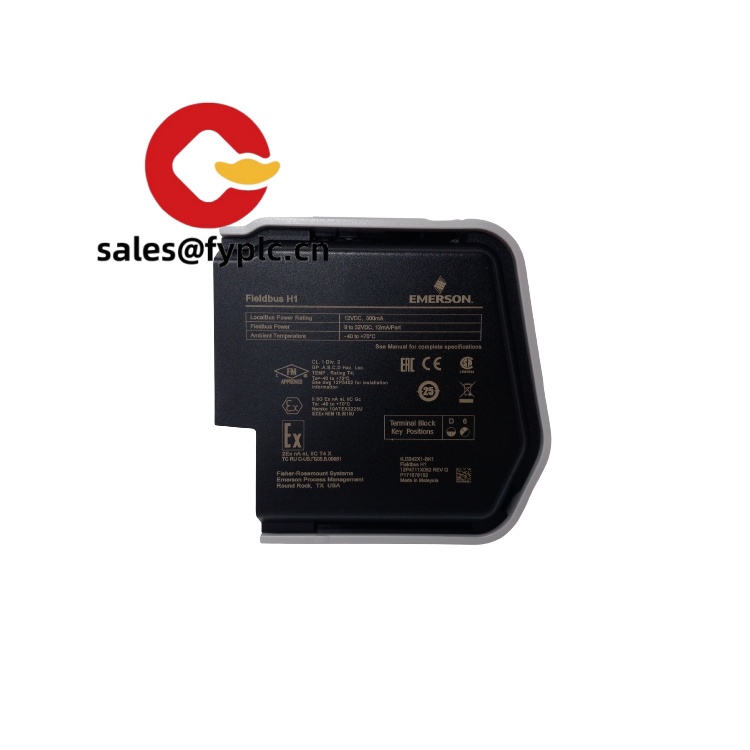
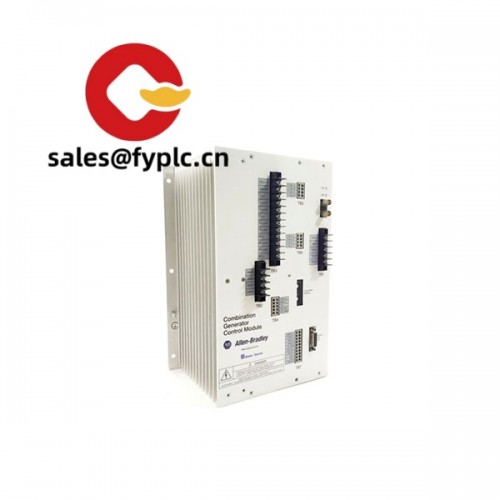
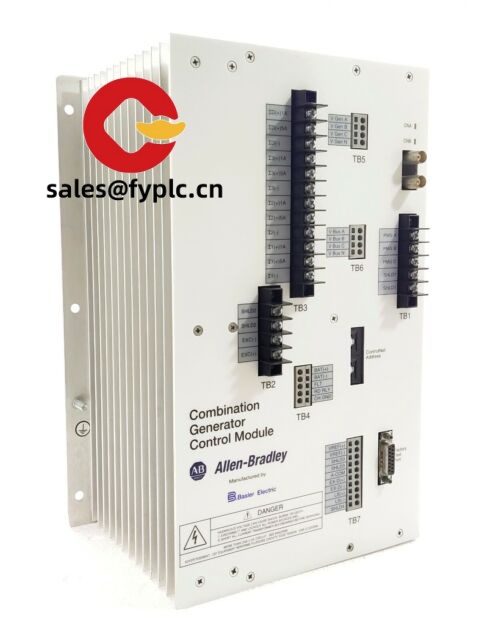
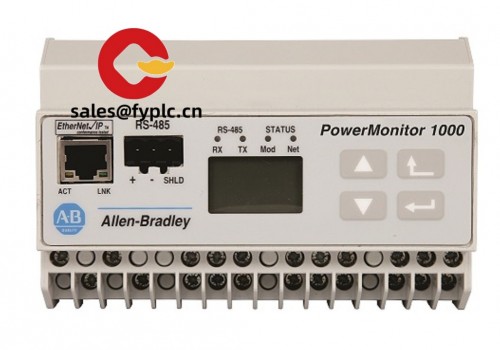
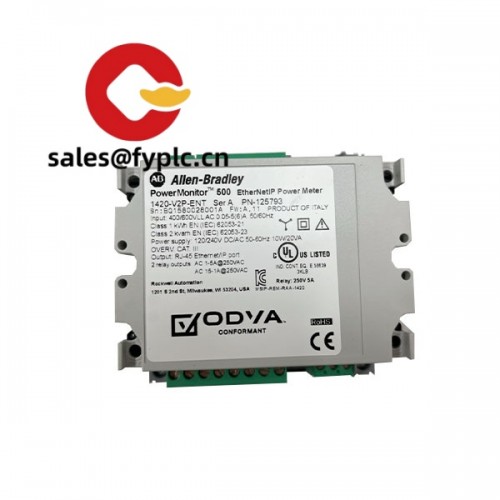
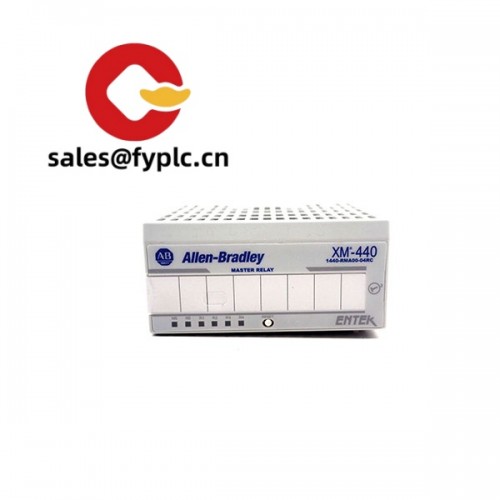


Reviews
There are no reviews yet.